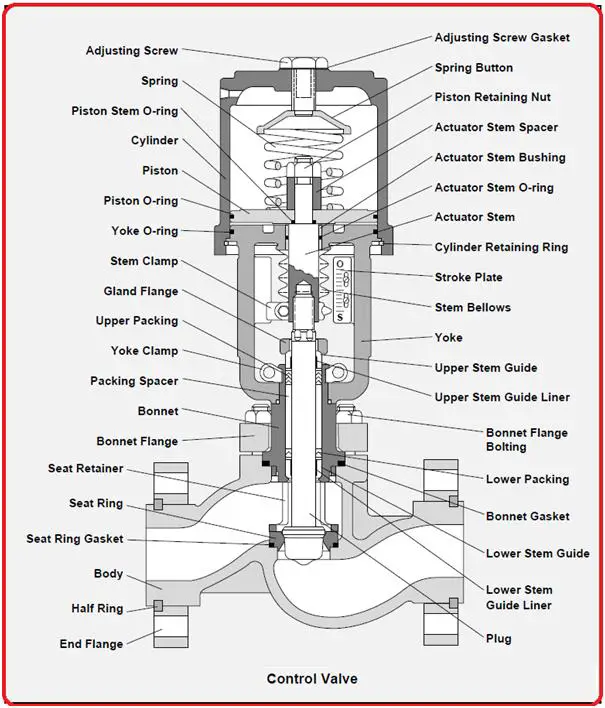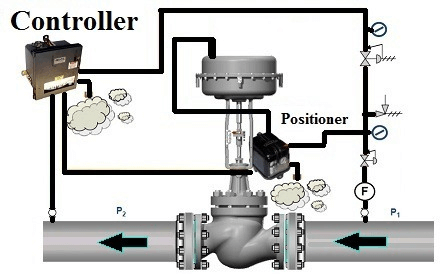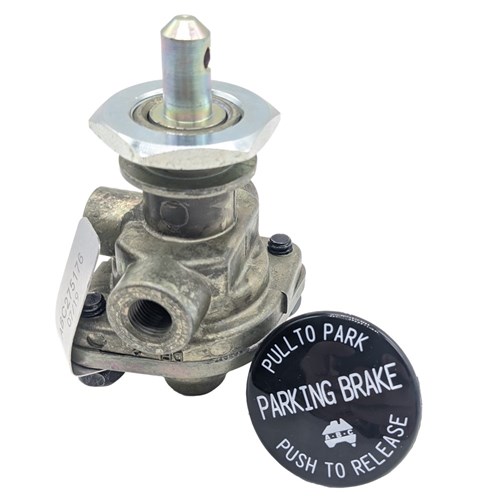Checking out the Performance of Modern Control Valves in Industrial Applications
Checking out the Performance of Modern Control Valves in Industrial Applications
Blog Article

Maximize Power Savings and Comfort With Advanced Building Automation Controls
In the realm of contemporary style and facility monitoring, the combination of advanced building automation controls stands as a crucial advancement. The merging of modern technology and sustainability has actually birthed a brand-new age where energy efficiency, convenience optimization, and functional streamlining are no longer far-off aspirations however attainable facts. By using the power of automation, buildings can adapt, respond, and advance in means that were as soon as unbelievable. The capacity for significant energy financial savings and boosted convenience is not simply a possibility but an assurance waiting to be met. This standard shift in structure management holds the essential to unlocking a globe where environmental conscientiousness and owner well-being harmoniously exist side-by-side within the wall surfaces of our structures.
Power Performance Advantages
Power effectiveness advantages can considerably reduce power usage and functional costs in buildings. Energy-efficient systems, such as advanced building automation controls, can optimize the usage of resources like illumination, heating, and cooling, leading to lower energy expenses over time.
Additionally, boosted power performance can extend the life expectancy of building devices and systems. By running extra successfully, HVAC systems, lighting fixture, and various other building components experience much less damage, causing minimized upkeep and substitute costs. In addition, energy-efficient structures often command greater home worths and rental prices, offering lasting monetary benefits to owners.
Furthermore, power efficiency can boost passenger comfort and performance. Correctly managed indoor settings with optimum illumination and thermal problems create an even more helpful and positive workspace, resulting in boosted worker complete satisfaction and efficiency. In general, the power effectiveness advantages connected with sophisticated structure automation controls are complex, including expense financial savings, ecological stewardship, and passenger well-being.
Boosted Comfort Control
Enhancing convenience control in structure environments needs a sophisticated assimilation of innovative automation systems for optimum passenger wellness. By making use of advanced structure automation controls, centers can tailor the interior setting to fulfill the certain requirements and preferences of residents. These systems allow exact policy of temperature, lights, and air flow, creating a comfortable and effective ambience. Owner satisfaction and efficiency are closely connected to thermal comfort, making it necessary to have systems in position that can adjust to changing conditions in real-time.
By including these advanced controls, structures can not just enhance comfort yet likewise boost energy performance by enhancing system operations based on actual occupancy and usage patterns. Eventually, prioritizing owner comfort via sophisticated automation systems leads to a much more enjoyable and healthier indoor environment.
Operational Efficiency Improvements

Additionally, the application of real-time monitoring and analytics tools makes it possible for building drivers to identify energy inefficiencies and operational abnormalities quickly. By constantly monitoring power usage patterns and system efficiency metrics, changes can be made in real-time to enhance power usage and ensure peak operational efficiency. control valves. In addition, incorporating need reaction approaches into building automation controls can even more enhance functional efficiency by dynamically adjusting power usage based on grid conditions and prices signals
Indoor Climate Optimization
Efficient indoor climate optimization is an essential aspect of building automation controls, making go to the website certain residents' comfort and wellness while optimizing power financial savings. By utilizing innovative sensors and controls, developing automation systems can continually adjust and keep an eye on temperature level, moisture degrees, air quality, and ventilation to create an ideal indoor setting. Keeping regular and comfortable problems not only improves passenger satisfaction however likewise boosts productivity and general wellness.
Indoor environment optimization likewise plays an essential duty in power performance. By fine-tuning cooling, ventilation, and heating systems based on real-time data and occupancy patterns, constructing automation controls can significantly minimize power usage - control valves. For instance, executing approaches such as demand-controlled ventilation and thermal zoning can aid decrease power waste while making sure that each location of the building gets the essential conditioning.

Lasting Atmosphere Creation
Building automation manages not only maximize indoor environment problems for energy effectiveness and passenger convenience yet also lay the structure for producing a sustainable environment through calculated monitoring of systems and sources. By integrating sophisticated structure automation innovations, such as sensing units, actuators, and smart software, centers can adjust and monitor power usage in real-time to decrease waste and minimize their our website carbon impact. These systems make it possible for predictive upkeep, identifying prospective concerns before they rise and enhancing tools performance to boost durability and efficiency.
In addition, lasting environment development expands past energy administration to incorporate water conservation, waste reduction, and interior air quality renovation. Structure automation controls can control water usage, find leaks, and ensure appropriate garbage disposal methods, adding to general sustainability efforts. Furthermore, by regulating and checking ventilation and purification systems, these innovations improve passenger health and performance while you could check here decreasing energy consumption associated with cooling and heating procedures.
Final Thought
To conclude, progressed building automation controls offer considerable advantages in regards to energy financial savings, comfort control, functional effectiveness, interior climate optimization, and creating a lasting atmosphere. By applying these controls, structures can attain optimal efficiency while reducing energy usage and improving occupant convenience. It appears that making use of sophisticated automation modern technology is vital in improving structure performance and producing an extra sustainable future.
Power effectiveness benefits can substantially minimize energy consumption and operational costs in buildings. Generally, the power effectiveness advantages connected with innovative structure automation controls are multifaceted, incorporating cost savings, ecological stewardship, and occupant well-being.
Additionally, including demand action techniques right into building automation controls can further enhance operational effectiveness by dynamically readjusting power usage based on grid conditions and rates signals.
Building automation regulates not just maximize indoor environment conditions for power effectiveness and owner comfort yet additionally lay the foundation for producing a lasting environment via calculated administration of systems and resources.In verdict, advanced structure automation regulates deal significant advantages in terms of energy cost savings, comfort control, operational effectiveness, indoor climate optimization, and producing a sustainable atmosphere.
Report this page